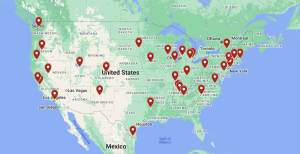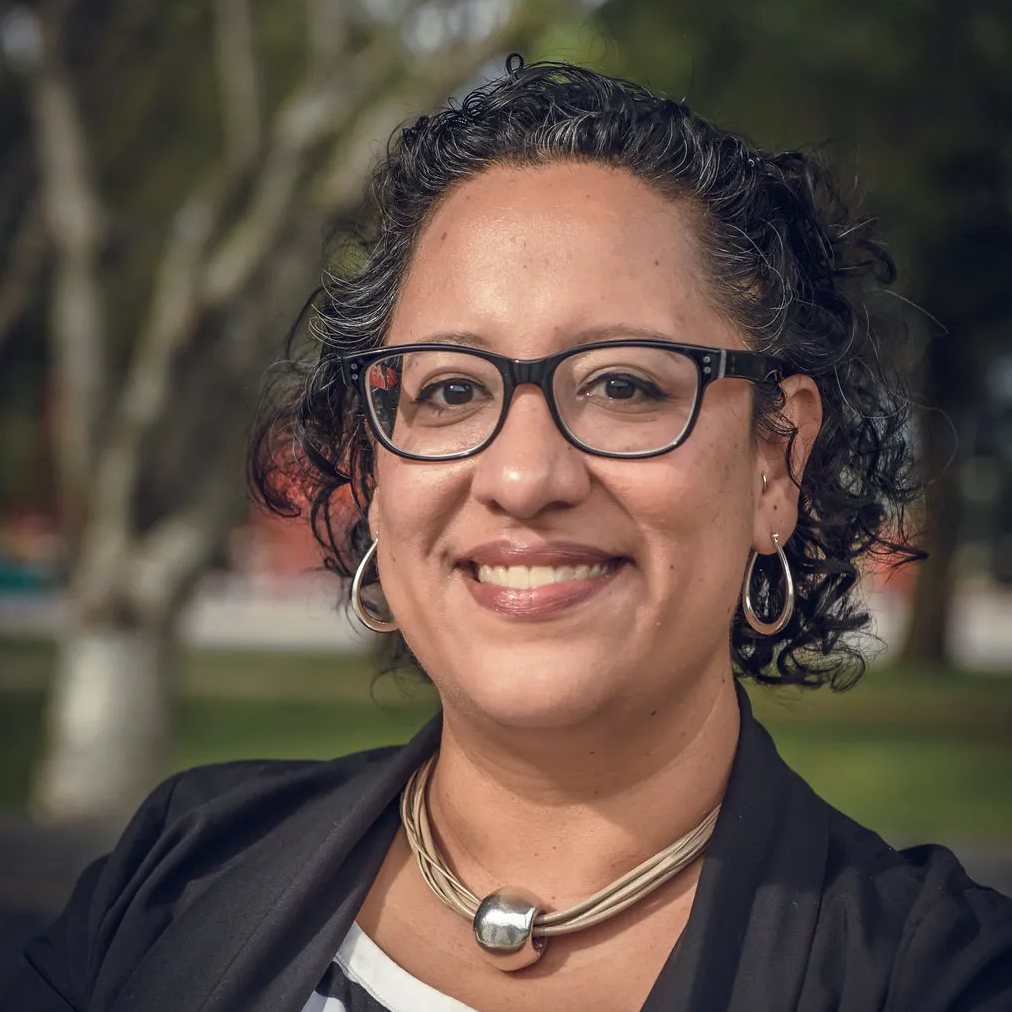Evaluation of CCLI found five primary outcomes for participants and institutions:
- Participants and institutions broadened their definitions and conceptions of diversity and cultural competency;
- Participants and institutions enacted new ways of talking about diversity and cultural competency;
- Institutions involved a greater number and breadth of stakeholders in diversity work;
- Institutions acted with greater intentionality and adopted clearer and more focused strategies to advance inclusion work; and
- Institutions’ activities to foster organizational inclusion were accelerated and enhanced.
Our previous Cohort participants came from 34 diverse institutions around the United States.

The most recent evaluation indicates that the CCLI cohort model and structure:
- Helped museums to develop a focused and systematic approach to their DEAI efforts.
- Impelled participating museums to examine and focus on their internal organizational practices.
- Pushed participants to take concrete action on DEAI.
- Served as a community of practice which created opportunities for learning, building capability, sharing knowledge.
“For the first time, our organization had formal, structured discussions about diversity, inclusion, accessibility and how it shows up in our work, resources, practices and language. CCLI served an important catalyst and helped us to build more of this work into our day-to-day practices and to see this as a shared organizational goal. “
Download the reports:


by Claire Pollock, Cincinnati Museum
Benefits of the Cohort Approach
Long Island Children’s Museum
National Landscape Study
This ground-breaking study was designed to illustrate the current landscape of diversity, equity, accessibility, and inclusion practices across the museum field and, in turn, establish a set of metrics that museums can use to measure the progress of their equity and inclusion work.




